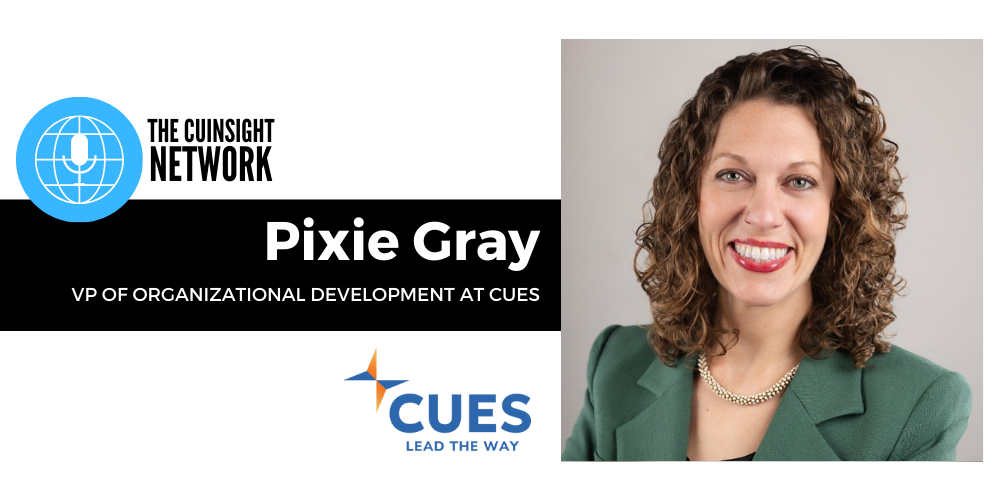My 4th grade teacher once got frustrated with the collective distractedness of my class. She responded by instructing us that from that point forward, we should put our troubles on a shelf when we entered the classroom. We could pick them back up at the end of the day and deal with them then, but being preoccupied with trouble at home was not an option when we needed to memorize math formulas and phonics.
This strategy might have worked if we had been robots. It did not work for human beings.
There was no off switch for the distractions that followed us to school. These were often very real, very challenging issues. Students worried if there would be an adult at home at the end of the day, where they would find their next meal, if they were safe from bullies on the bus.
Our employees carry heavy burdens, too. Regardless of their best intentions to fully engage with work tasks, they cannot always set aside worries until the end of a shift. Parenting challenges, financial struggles, ailing parents and countless other big and small concerns come to work with employees at every level of your organization.
Just like in my 4th grade classroom, this distractedness— while fully human and understandable—is treated as a liability in the office. Even organizations that promote work-life balance attempt to force single-mindedness at work by blocking employee access to social media sites, banning personal cell phone use at work stations, or enforcing rigid clock-in/clock-out schedules. Advances in technology have helped many industries remove at least some human error. One example in the book “The Inevitable,” comes from pill-dispensing robots in a California hospital. To date, the robots have never made a mistake with a prescription. The same cannot be said of human pharmacists.
When accuracy and consistency are top priority, artificial intelligence and other emerging technology offer solutions to remediate human performance issues. Machines do not end up $20 short in their cash drawer or skip important steps in check negotiation. They do not fight with their spouses in the morning, then take it out on members later in the day. Computers are not too nervous to cross-sell the product that predictive analytics identify as a perfect fit.
With the employment rate at an all-time low and a rise in people choosing the flexibility of a thriving gig economy, credit union executives have struggled to find qualified employees. The talent gap is real; the perfect fit is rare. Even after a hire is made, there is often misalignment between the employee’s expectations for their career and what the organization can offer. Are robots the answer to ending this war for talent? Acquiring more machines is relatively simple. Machines do not seek work-life balance, unlimited vacation hours or a defined career path. They are consistent, accurate and free from the distraction of being human.
Many leaders might find themselves celebrating this idea. Don’t replace your HR department with mechanics and engineers just yet, though. Technology will not displace humans at work, it will change the value humans must add.
As Kevin Kelly writes in The Inevitable: This is not a race against the machines. It is a race with the machines. Jobs that today demand highly skilled employees—data analysis for example— increasingly happen faster, cheaper, and more accurately when delegated to a machine. Work will shift. Data analysts will delegate to machines analysis they currently believe only they are qualified to complete. Then, they will spend their time dreaming up new ways to use data to solve bigger problems as their mechanical co-workers calculate away. Humans will spend more time thinking; robots will execute more of the doing.
Employees will need to be creative, mindful, emotionally intelligent humans to use their minds this way. All workplaces—not just Google, Apple and a few think tanks—will need to foster opportunities to create this type of brain space.
Fortunately, elementary education has changed significantly since my 4th grade experience and classrooms already emphasize collaborative learning over individual memorization. This approach makes sense: Children will grow up knowing exactly how to use machines to perform calculations and execute tasks. Their brain space will not be occupied with remembered facts, but ideas for improving the world. The greatest value they will add will be in using technology to bring dreams to life.
Organizations should intentionally cultivate greater human value by prioritizing empathy, collective creativity and collaborative ideation in employee development. This is not to make “nicer” workplaces, but to achieve improved decision-making and better outcomes.
I am proud of a program we offer in Connecticut to develop stronger leaders. The Executive Education program was designed for high-potential professionals aspiring to the C-suite. Participants meet every month over two academic years to broaden their understanding of all areas of credit union leadership.
From participants in four cohorts, there has been a recurring theme: Leaders feel so much pressure (and so much uncertainty over how) to make good decisions. They do not need more information. With always overflowing plates and a constant pull in many directions, there is an abundance of data. They need to know how to make space to discern. Traditional education and training have taught people what to think and do. Now, the machines can do that for us. It is time for human employees to understand how to think and solve problems.
This year, I brought my challenge of developing whole humans to Leo Ardine, CEO of United Teletech Financial Federal Credit Union in New Jersey and Certified Executive Coach and Mindfulness Instructor. We worked together to add one new course for each cohort: Mindfulness and Emotional Intelligence for one; Strategic Alignment and Living Personal Values for the other.
During instruction, Leo used one very powerful visual: Imagine a pot-bound plant with roots that have expanded beyond the pot’s capacity. They have wound around one another, tightly entwined, pushing out dirt as they seek escape. Without room to flow freely, the roots tangle and cut off the ability for the plant to thrive.
Now, imagine those roots are thoughts; the pot a mind. Where is the space to make good decisions in that environment?
The value humans add is that they are not machines. Brains cannot be turned on to churn out one set of decisions from 9-to-5, abruptly switched to a totally different area of life and responsibilities, then flipped back again without ever stopping to let things settle. For human value to be maximized, space must be created, introspection must be encouraged, and mindfulness must be cultivated.
Today’s organizations must help employees find the space for their minds to thrive. What are you doing to help your employees be more human at work?
Want to Explore These Ideas Further? Consider Reading:
The Inevitable: Understanding the 12 Technological Forces That Will Shape Our Future. Kevin Kelly. Copyright 2016.
Axial Shift: The Decline of Trump, the Rise of the Greens, and the New Coordinates of Societal Change. Otto Scharmer, Co-founder Presencing Institute and Senior Lecturer at MIT.








